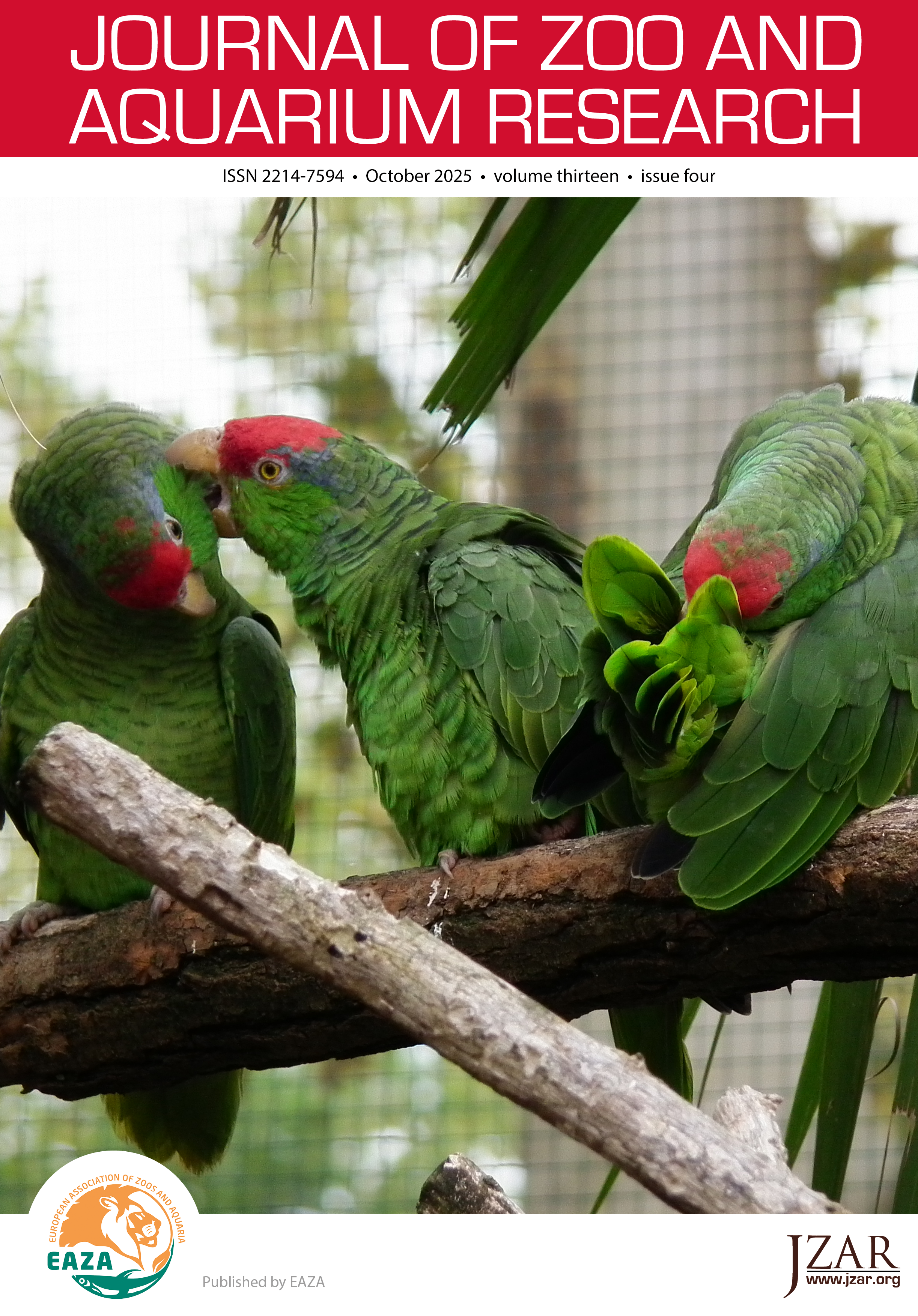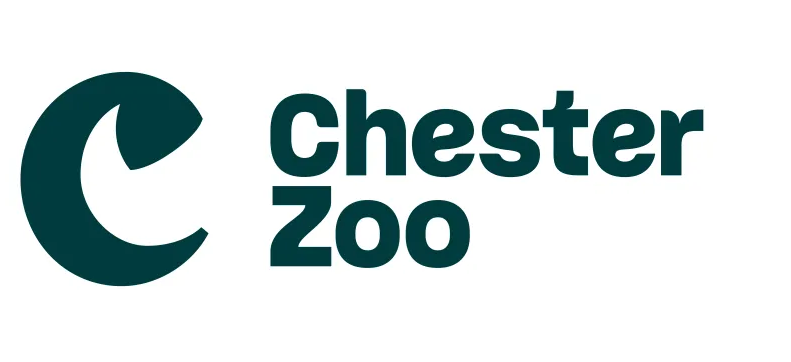A retrospective study of causes of mortality in captive Sumatran laughingthrush Garrulax bicolor from European and Indonesian zoologic institutions (2005-2021)
DOI:
https://doi.org/10.19227/jzar.v13i4.865Keywords:
aves, laughingthrush, songbird, zooAbstract
The Sumatran laughingthrush Garrulax bicolor is an endangered passerine endemic to Sumatra. To combat further population decline, a European Association of Zoos and Aquaria European Endangered Species Breeding Programme was established in 2011. The aim of this review was to investigate the causes of death of Sumatran laughingthrushes in captivity, allowing the development of preventative methods to reduce mortality, improve breeding rates and the long-term viability of the captive population. The deaths of 310 Sumatran laughingthrushes were reviewed from institutions participating in the breeding programme between 2005-2021. Infectious diseases were the most common causes of death, with aspergillosis the most prevalent infectious aetiology. Aspergillosis was significantly more likely in parent reared birds (P=0.027) and the juvenile age class (P=0.028), but significantly less likely in the Indonesian institution C (P= 0.043). Trauma was the second most common cause of death, and intraspecific aggression the most prevalent traumatic aetiology for both adults and juveniles. Few conclusions could be drawn from the neonatal data due to lack of necropsy information. Systemic Isospora spp. infection was a rare cause of death, but there was insufficient data to assess its subclinical prevalence. Institutions should attempt to perform more necropsy procedures for all age classes and screen all deceased birds for systemic Isospora spp. infection. This review achieved its aim of investigating the causes of death in captive SLTs and suggested routes for further research.
Downloads
Published
How to Cite
Issue
Section
License
JZAR fulfils the DOAJ definition of open access and provides free and open access to the full text of all content without delay under a Creative Commons licence. The copyright holder of JZAR publications grants usage rights to third parties, allowing for immediate free access to the work and permitting any user to read, download, copy, distribute, print, search, or link to the full texts of articles.







